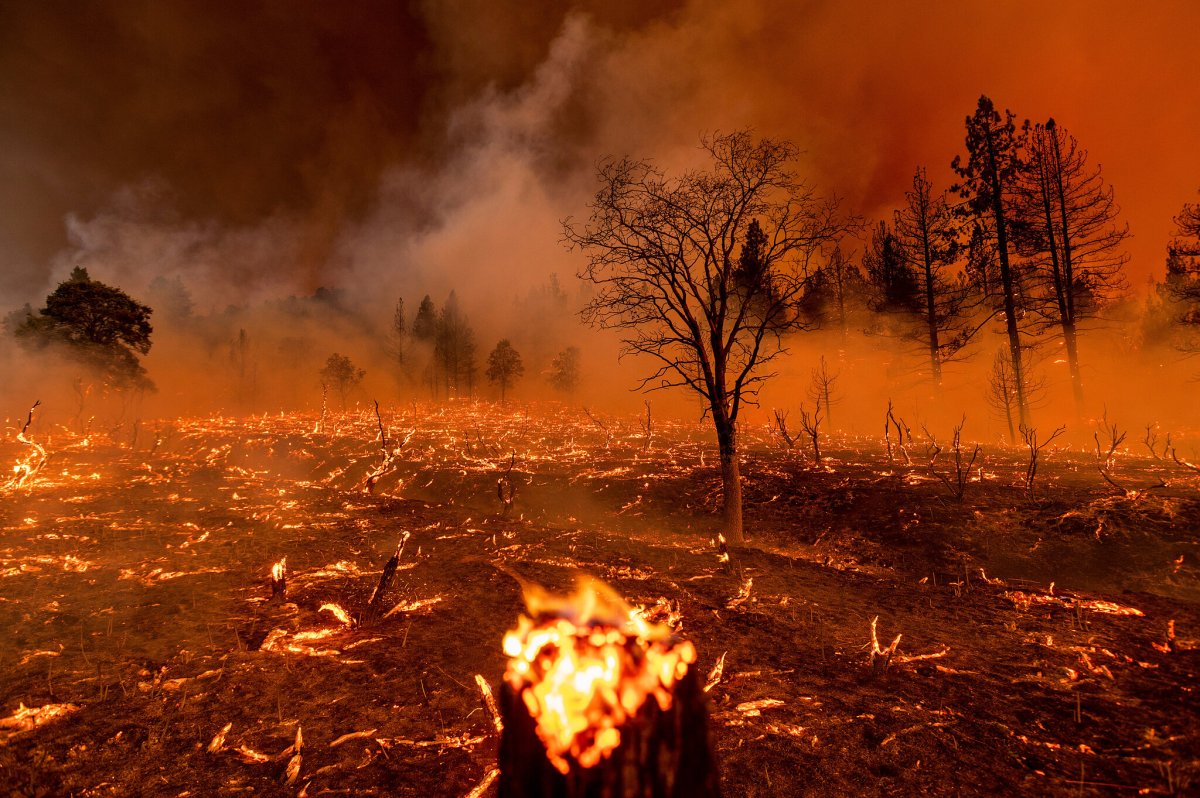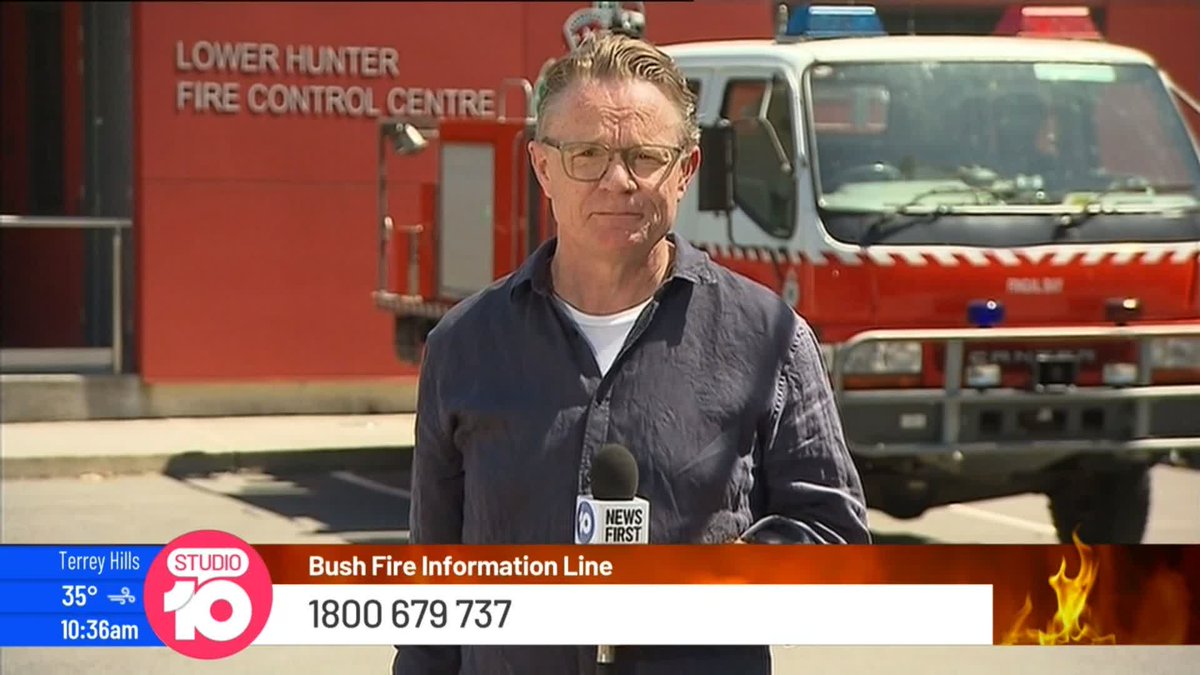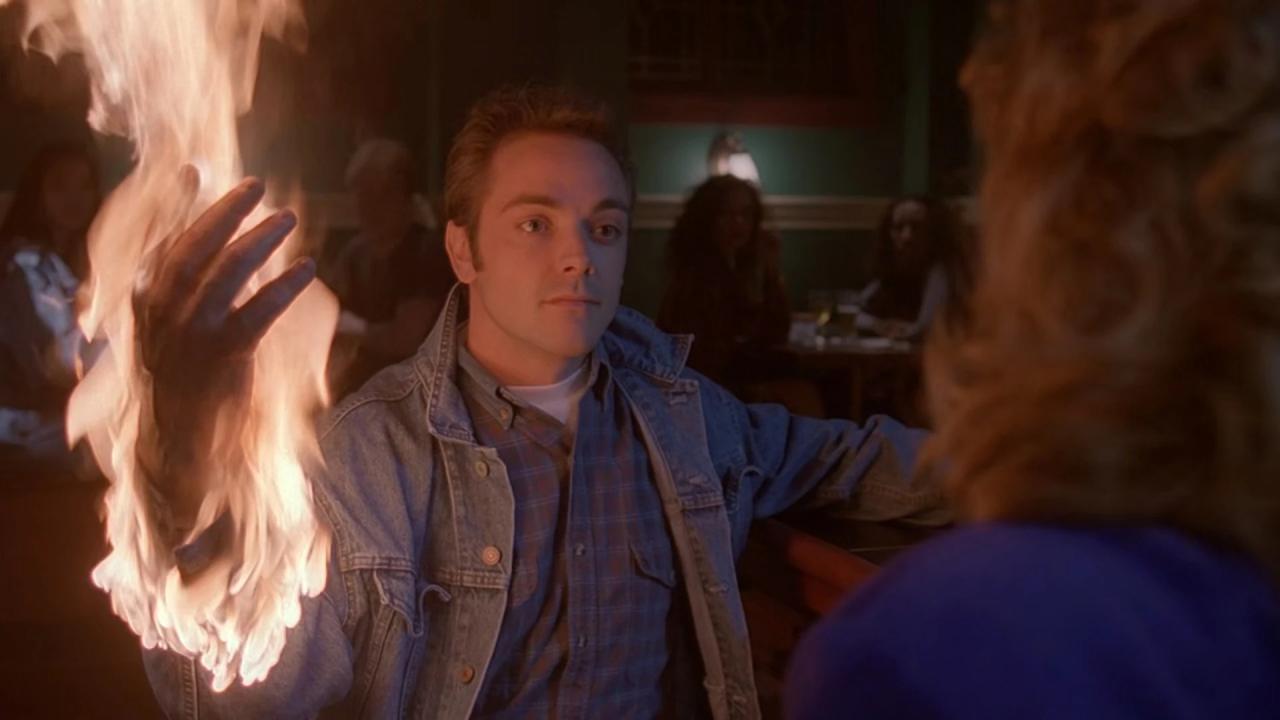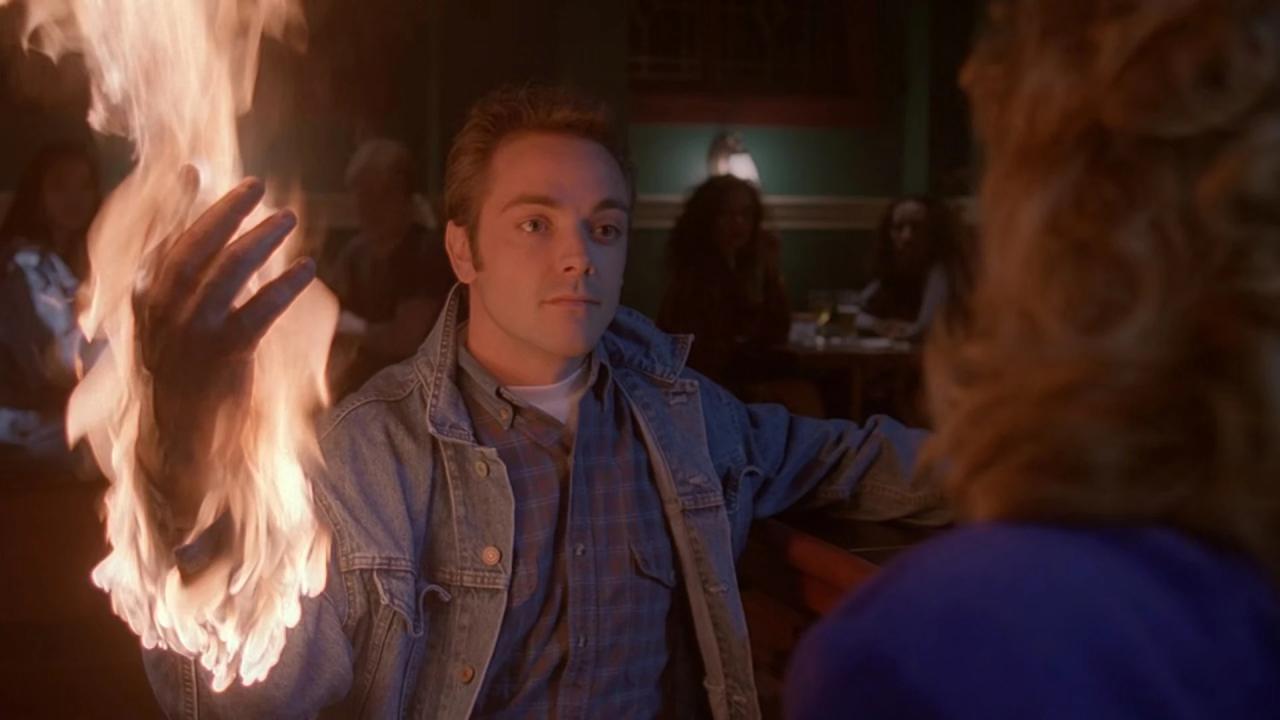‘God was with him’: Actor James Woods describes harrowing wildfire. This account dives into the terrifying ordeal faced by James Woods during a devastating wildfire, exploring his harrowing experience and the profound role his faith played in his survival. We’ll examine the sensory details of the event, the moments of intense fear and the unwavering belief that sustained him.
Beyond Woods’ personal story, we’ll also explore the broader impact of the wildfire on the environment and the community, and analyze the media’s portrayal of his experience.
We’ll delve into the psychological impact of such a traumatic event, examining how faith can offer comfort and strength in the face of unimaginable adversity. By comparing Woods’ experience with others who have faced similar crises, we’ll gain a deeper understanding of the power of faith and resilience in the face of disaster. The story also touches upon the environmental devastation and community impact, illustrating the widespread effects of wildfires and highlighting the importance of preparedness and community support.
James Woods’ wildfire escape story, where he credits divine intervention for his survival, is truly gripping. After hearing such a dramatic tale, you might need a good movie to unwind, and luckily, $5 Tuesday Movie Tickets and $5 Popcorn Are Back! is the perfect deal to catch a flick. Maybe Woods’ story will inspire you to appreciate the simple pleasures – like a cheap night at the cinema – even more.
James Woods and the Wildfire: A Personal Account and its Implications: ‘God Was With Him’: Actor James Woods Describes Harrowing Wildfire
Actor James Woods’ dramatic escape from a wildfire, punctuated by his statement “God was with him,” offers a compelling case study in faith, crisis response, and the impact of natural disasters. This analysis delves into his personal experience, the role of faith in crisis, the wildfire’s environmental and community impact, and the media’s portrayal of the event.
James Woods’ Wildfire Experience
Woods’ account vividly depicts the sensory onslaught of the wildfire. He described the intense heat, the crackling sounds of burning vegetation, the acrid smell of smoke filling the air, and the overwhelming feeling of fear and desperation as flames approached his property. Specific moments he attributed to divine intervention included a sudden shift in wind direction that diverted the fire, and the unexpected appearance of a clear path through the burning landscape allowing for a safe escape.
His faith, he stated, guided his actions, providing him with the calmness and decisiveness needed to navigate the chaotic situation. His account details a chronological progression of events, from the initial warnings of the approaching fire to his eventual safe evacuation, highlighting several near-misses and moments of intense peril.
The Psychological Impact of Crisis and the Role of Faith

Experiencing a life-threatening event like a wildfire can induce significant psychological trauma, including post-traumatic stress disorder (PTSD), anxiety, and depression. Woods’ narrative suggests that his faith provided a crucial source of comfort and strength, enabling him to cope with the overwhelming fear and uncertainty. Comparing his experience with other accounts of individuals facing similar crises reveals a common thread: faith, in its various forms, often serves as a powerful coping mechanism and a source of resilience.
Whether it’s prayer, meditation, or a deep-seated belief in a higher power, spirituality can offer solace and a sense of purpose amidst chaos. Examples abound of individuals from diverse religious backgrounds finding strength and meaning in their faith during times of adversity, drawing upon their spiritual beliefs to find hope and persevere.
The Wildfire’s Environmental and Community Impact, ‘God was with him’: Actor James Woods describes harrowing wildfire

The wildfire’s scale and intensity were devastating. It consumed vast tracts of land, destroying habitats and causing significant loss of wildlife. The local community suffered extensive property damage, displacement, and, tragically, loss of life. The following table summarizes the various types of damage caused by the wildfire.
Actor James Woods’ wildfire escape story, where he credited divine intervention (“God was with him”), is a powerful reminder of life’s fragility. It makes you appreciate the seemingly smaller things, like the upcoming Bonnaroo lineup, which includes heavy hitters like Megadeth, Queens of the Stone Age and More Set for Bonnaroo 2026 , a stark contrast to the intense struggle for survival.
Woods’ experience underscores the importance of appreciating every moment, big or small, just like enjoying killer music at a festival.
| Type of Damage | Number Affected | Description | Long-Term Impact |
|---|---|---|---|
| Property Damage | [Number – Example: 150 homes] | Homes, businesses, and other structures destroyed or damaged by fire. | Reconstruction costs, insurance claims, potential economic downturn in the affected area. |
| Displacement | [Number – Example: 500 individuals] | Residents forced to evacuate their homes due to the fire. | Long-term housing needs, emotional distress, difficulty returning to normal life. |
| Loss of Life | [Number – Example: 5 individuals] | Fatalities resulting from the wildfire. | Grief, emotional trauma for families and communities, legal ramifications. |
| Environmental Damage | [Vast area – Example: 10,000 acres] | Destruction of vegetation, wildlife habitats, and air and water quality degradation. | Loss of biodiversity, soil erosion, long-term ecological disruption. |
The affected landscape was transformed into a desolate expanse of charred earth and skeletal trees. The vibrant flora and fauna that once thrived there were largely destroyed, leaving behind a stark reminder of the wildfire’s destructive power.
Media Representation and Public Reaction
The media’s portrayal of Woods’ experience highlighted his statement “God was with him,” often framing the narrative through the lens of faith. Public reaction was diverse, ranging from expressions of support and admiration for his resilience to skepticism and criticism of the emphasis on divine intervention. Some questioned the scientific explanation for his survival, while others found solace and inspiration in his account.
Actor James Woods’ wildfire escape story, where he credited divine intervention, reminds us of incredible luck in the face of danger. It makes you think about resilience, like Ontario Premier Doug Ford’s experience, as reported in this article: ‘This head’s like limestone’: Ontario Premier Doug Ford unhurt after. Both situations highlight the unpredictable nature of life, and how sometimes, it seems like something bigger is looking out for you, just like Woods described.
Different interpretations arose, reflecting diverse perspectives on faith, science, and human experience. Ethical considerations in reporting such events include respecting the privacy of survivors, avoiding sensationalism, and ensuring accurate and balanced representation of events.
- Maintaining the privacy of individuals affected by the wildfire.
- Avoiding the exploitation of grief and trauma for sensationalism.
- Ensuring factual accuracy in reporting, avoiding speculation or misrepresentation.
- Presenting diverse perspectives and avoiding biased narratives.
- Considering the potential impact of reporting on the mental health of survivors and communities.
Last Word

James Woods’ harrowing wildfire experience, as he recounts it, offers a powerful testament to the strength of faith and the human spirit’s ability to endure unimaginable hardship. His story, framed by his statement “God was with him,” prompts reflection on the role of spirituality in crisis, the devastating impact of natural disasters, and the diverse ways individuals cope with trauma.
While his account has sparked discussion and varying interpretations, it underscores the enduring power of belief and the importance of community support in the aftermath of tragedy. The story serves as a reminder of both the fragility of life and the resilience of the human spirit.
Essential Questionnaire
What specific type of wildfire did James Woods experience?
The specific type of wildfire isn’t detailed in the provided Artikel, only that it was a harrowing and life-threatening event.
Did James Woods sustain any injuries during the wildfire?
The Artikel doesn’t specify whether Woods suffered any physical injuries.
What was the location of the wildfire?
The location of the wildfire is not mentioned in the provided information.
How did the media initially report on the story?
The Artikel suggests that the media focused on Woods’ statement “God was with him,” but doesn’t detail the initial reporting style.
